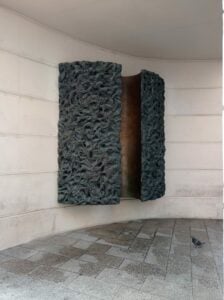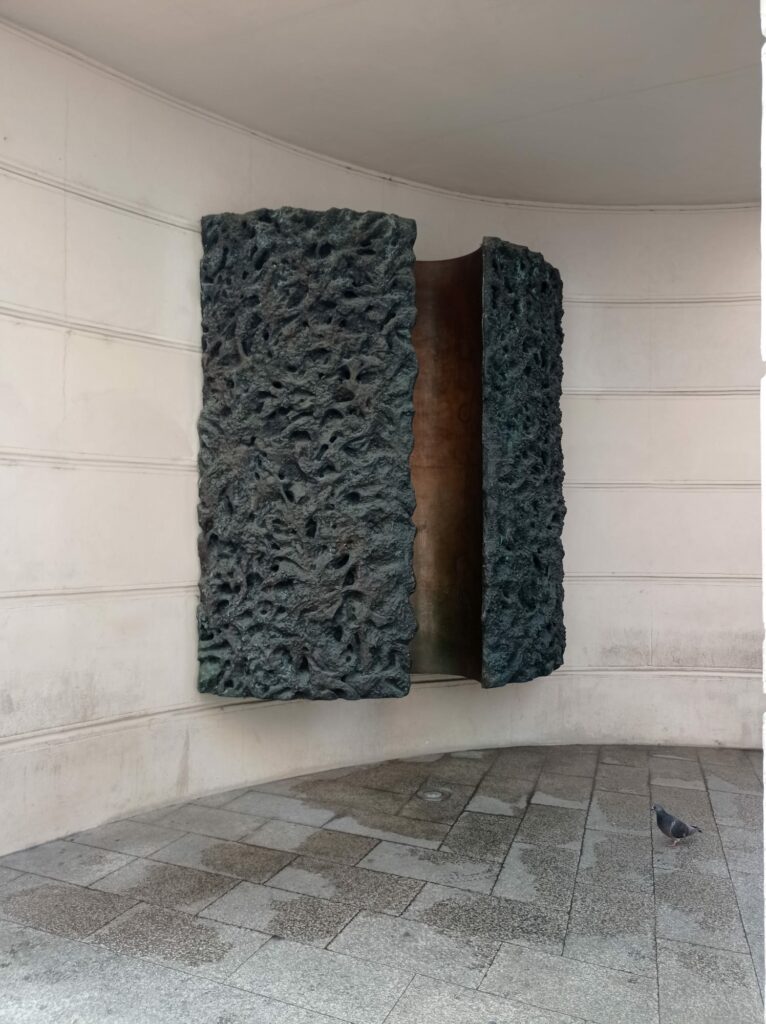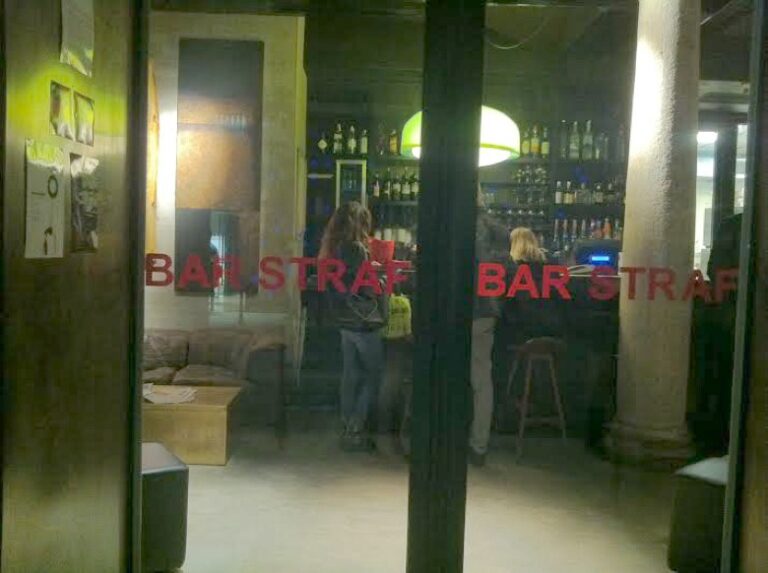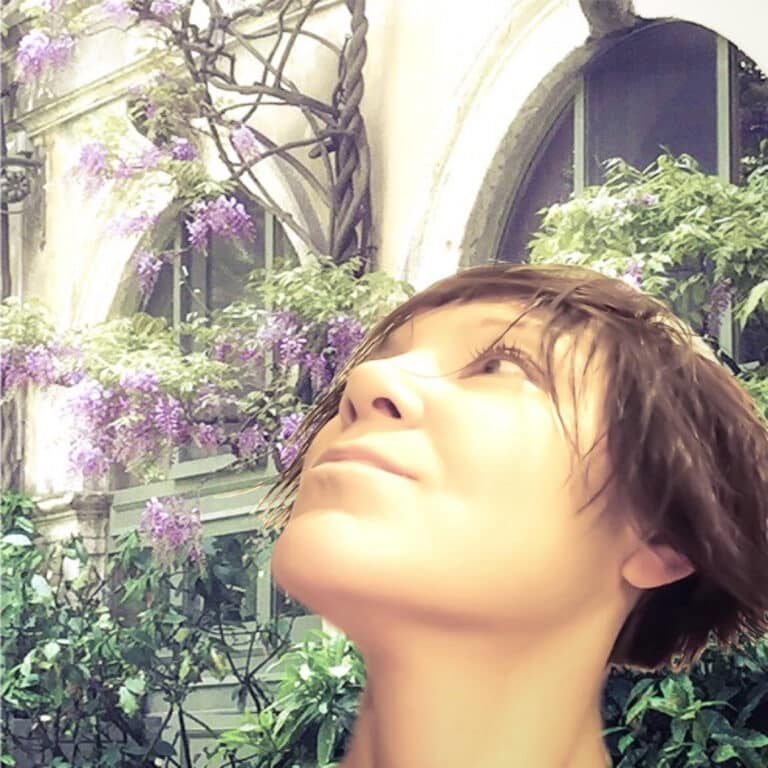The infamous column Milan
Victims of superstitions
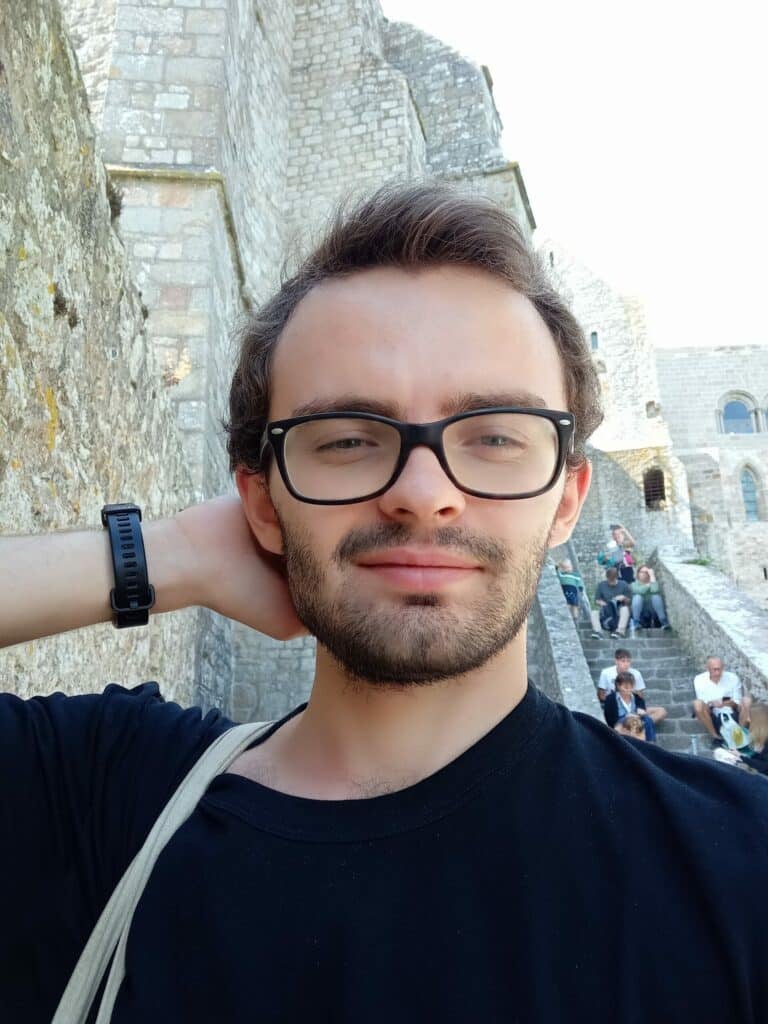
Vladislav from Milan
In the 17th century, a great plague arrived in Milan and killed several people. At that time, Milan was under Spanish control, which, as a great writer of Milan, Alessandro Manzoni, wrote, was an occupation felt by the citizens badly, above all because of the iniquity of their judicial system and their Catholic religious fervor, which was even worse than the Vatican's one, just think about the Spanish Inquisition.
When, at that time, the Spanish didn't have a clue how to manage the situation of the plague in the city and what to answer to the exhausted citizens of Milan, they decided to incriminate random people as "spreaders" of the plague. Basically, they were guilty of painting the walls of the city with an oil which had the plague inside. Those people were arrested, then tortured with terrible methods that would have forced them to confess their guilt, and were finally executed publicly.
Afterwards, their houses were destroyed, and in their place, columns called "infamous columns" were placed. The first one was made in 1630, in place of the house of Gian Giacomo Mora, who was a barber, and today it's still there inglobated in a building on the road that has the name of the poor victim. As the writer Manzoni tells in an essay called "The Infamous Column", after a while, when the victims were under torture and were asked who their accomplices were, they started saying the names of Spanish nobles. That's when the Spanish stopped doing that.
Milan Spotter Vladislav
About this spot
Via Gian Giacomo Mora, 1
- 247
€
no-price
Our Milan City Guide
Find your way with 195 Insider Tips from our Local Spotters
Loved it? Join us!
Loved this Spot?Join your international community. Share your favs and become part of our international community!
Nice place right!? There’s so much more to discover:
Discover all other hidden gems in Milan


Frizzi & Lazzi
Your favorite beer garden ever
"Frizzi & Lazzi" is one of my old-time favorite beer gardens in Milan. It's an unassuming, easy-going place that has become a point of reference since '82.
by
Susanna
Baggio
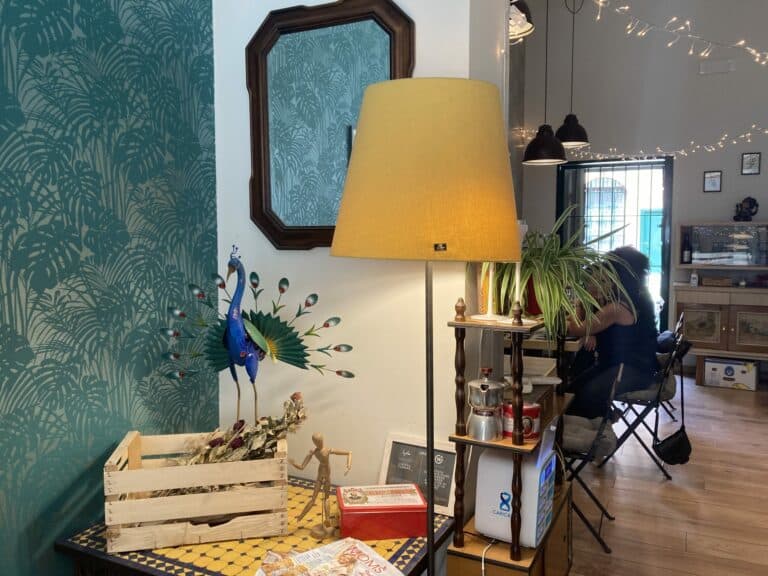

Ofelé
My go-to place for Sunday brunch
"Ofelé" in Milan is a bistrot bakery that makes some of the best (Sunday) brunches around. It's simply one of my favorite pancake spots in town...
by
Carmen
Condeescu
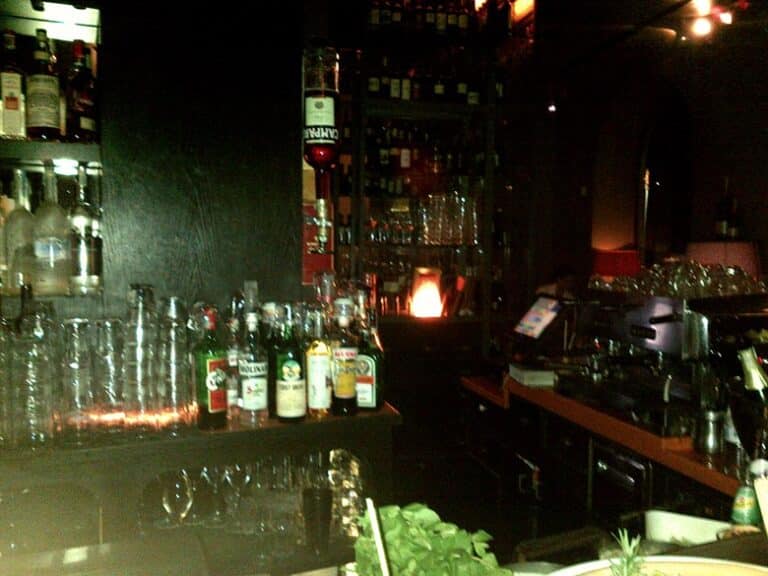

Living Liqueurs & Delights
Fashion and aperitivo
"Living Liqueurs & Delights": one of my favorite aperitivo spots in Milan and its first real vodka bar. It has a beautiful bar ambiance & a nice lounge...
by
Ivan
Kalinov
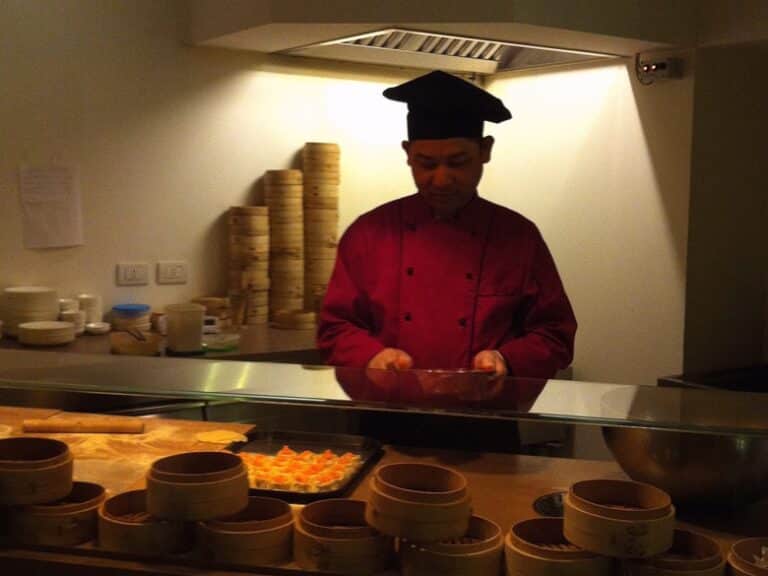

DOU
Dim Sum paradise
"DOU" was the first (Asian) restauarant I bumped into in Milan, and it remains one of my favorites in the city. What I like is the selection of cuisines...
by
Ivan
Kalinov
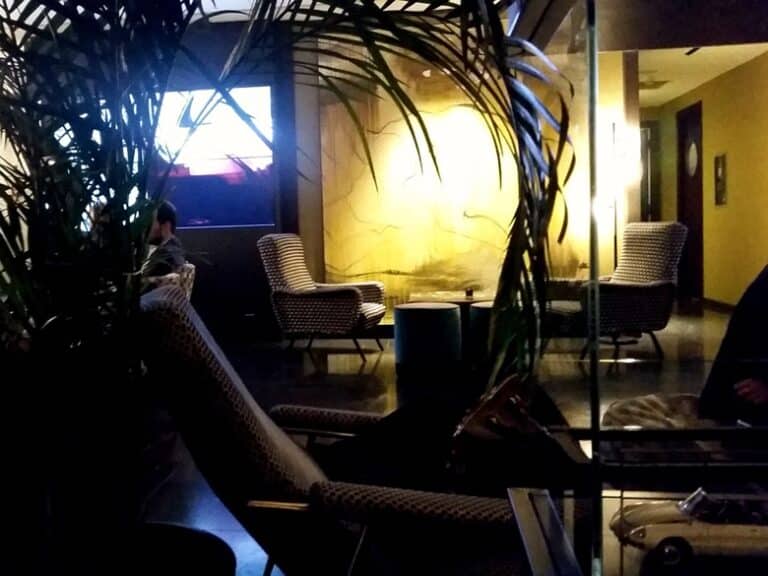

Terrazza 12 Bar
Back to the '50s
"Terrazza 12 Bar" is reminiscent of Tokyo, in that sometimes you have to look up to find the gems. So in Milan - it's on the top floor of Bryan & Barry...
by
Ivan
Kalinov
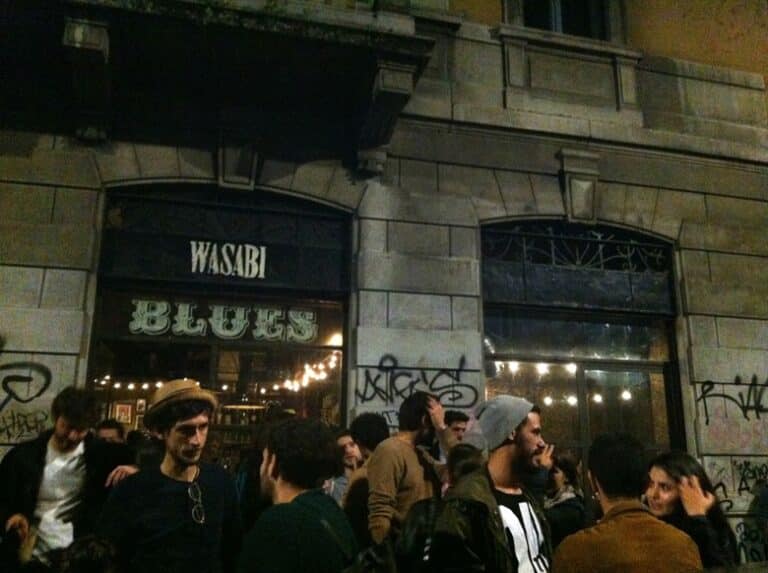

Wasabi Bar
Williamsburg in Milan
"Wasabi Bar" is one of the greatest bars in Milan. Why? Because it's great! It's actually tiny, but don't be misled: the drink selection & design are...
by
Ivan
Kalinov
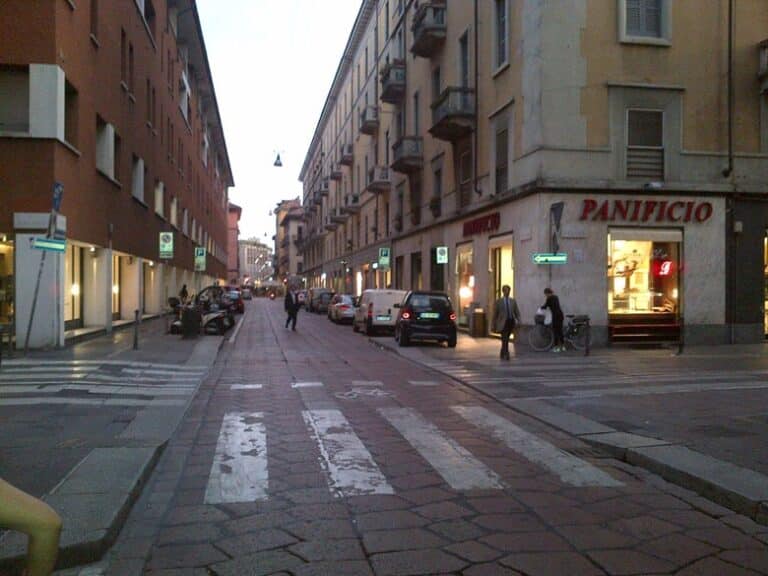

Via Solferino
Independent shopping
"Via Solferino" is a central Milan street, yet far away from the crowds. I go there to just look around the shop and I'm sure I can always find I...
by
Ivan
Kalinov
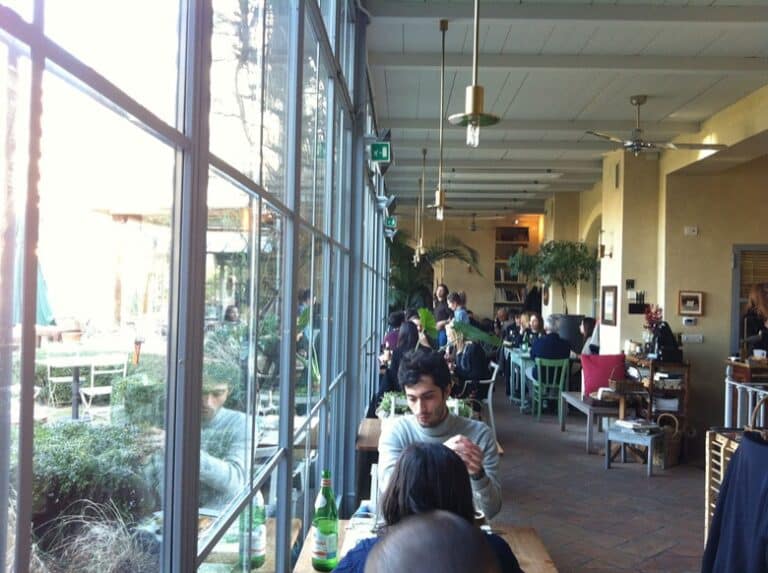

Al Fresco
A meeting place with food and dining
"Al Fresco" is my Milan cafe/restaurant I'd never visited because it was just next door to my place! Let me tell you, that was a mistake, if only for...
by
Ivan
Kalinov
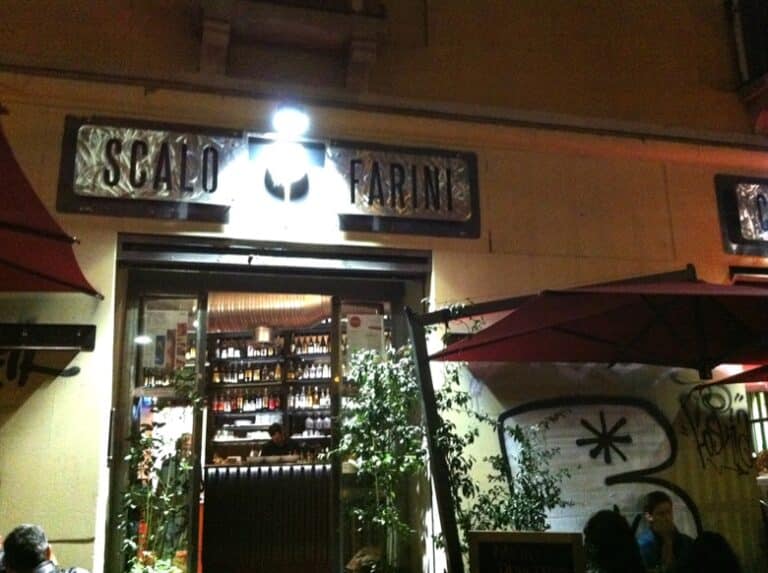

Scalo Farini
Great aperitivo
"Scalo Farini" in Milan is a bar recommended to me by an Isola local as the best aperitivo in town. I can say that I haven't tried any better than this.
by
Ivan
Kalinov
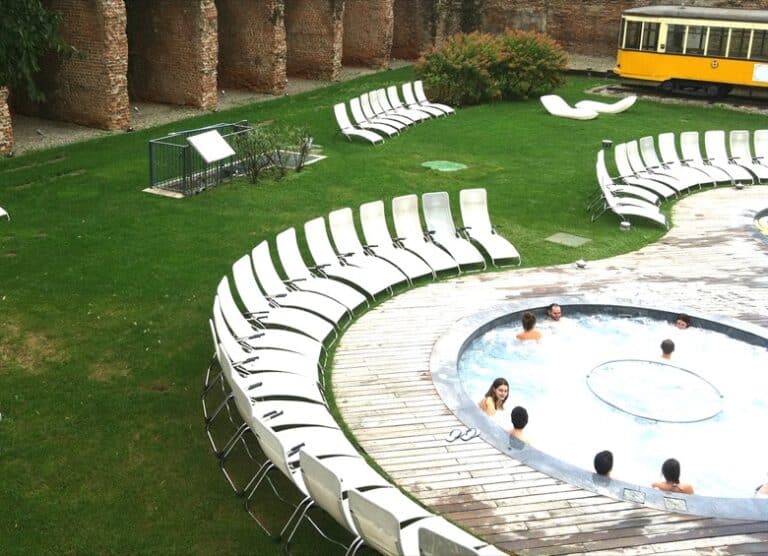

QC Terme Milano
Total relax in the city
"QC Terme Milano" is the place for you if you're just a bit tired. Honestly, I wouldn't have expected to find a spa like this in the city...
by
Ivan
Kalinov
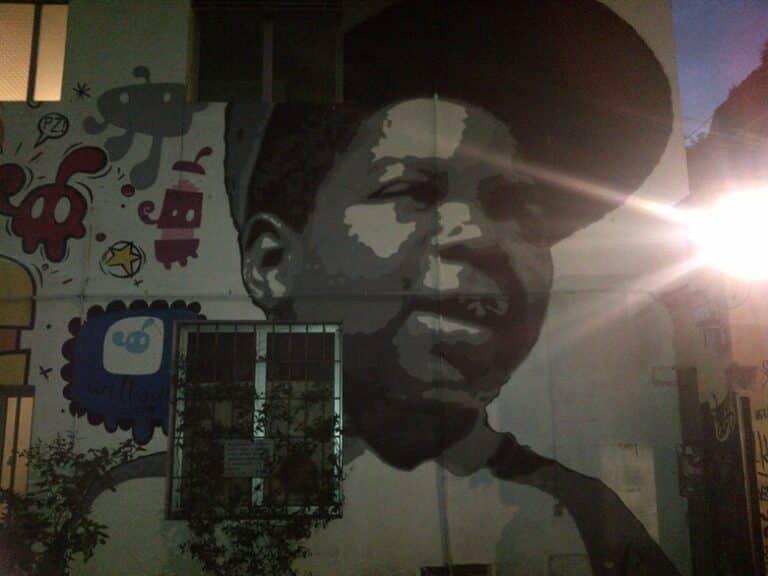

Frida
Chilling in alternative & hip Isola
"Frida" Milan is one of the places that for me defines the spirit of Isola. It's a great bar with affordable drinks, a great terrace and cool people...
by
Ivan
Kalinov
Heading to Milan?
195 Insider Tips from our local Spotters
Authentic Stories by Real People
Escape the Crowd & Travel Slow 🐌
... for just €9.99

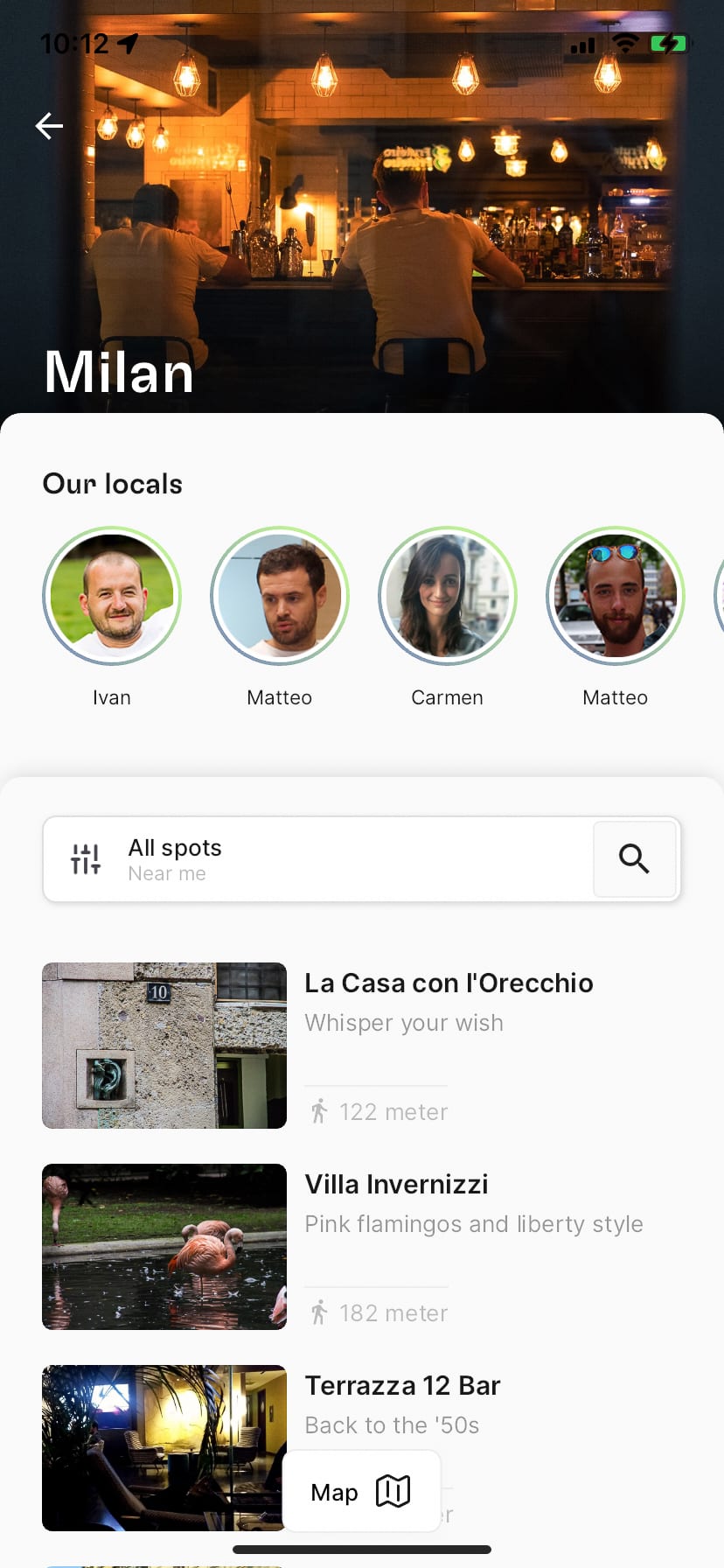

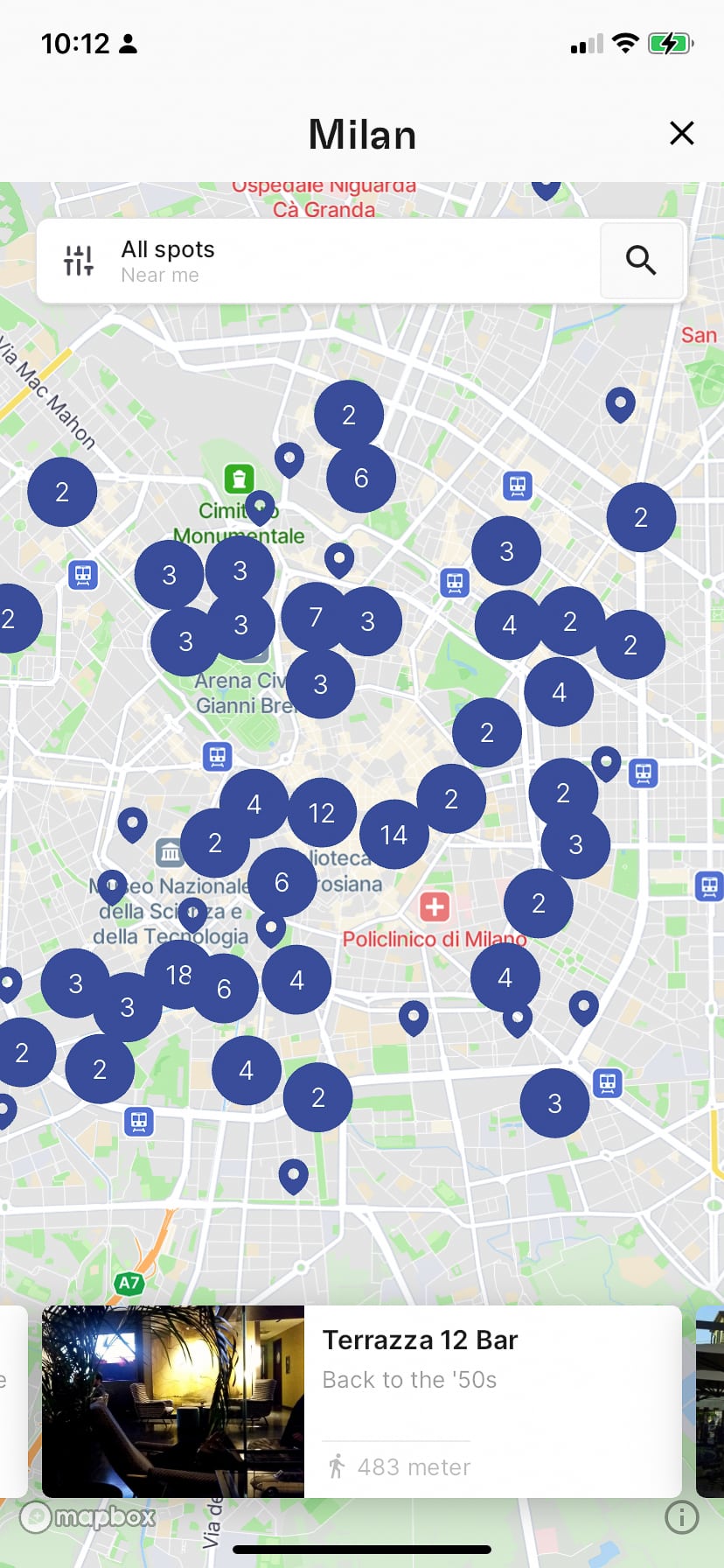


Heading to Milan?
✓ 0 Insider Tips from our local Spotters
✓ 195 Insider Tips
✓ Escape the Crowds
✓ Find Spots nearby
✓ Authentic Stories
... for just €9.99
City guides by those who know the city in and out!
Our Locals' Favorite Art & culture
Our team loves Milan
Get to know our other Spotters from Milan
As featured on:




